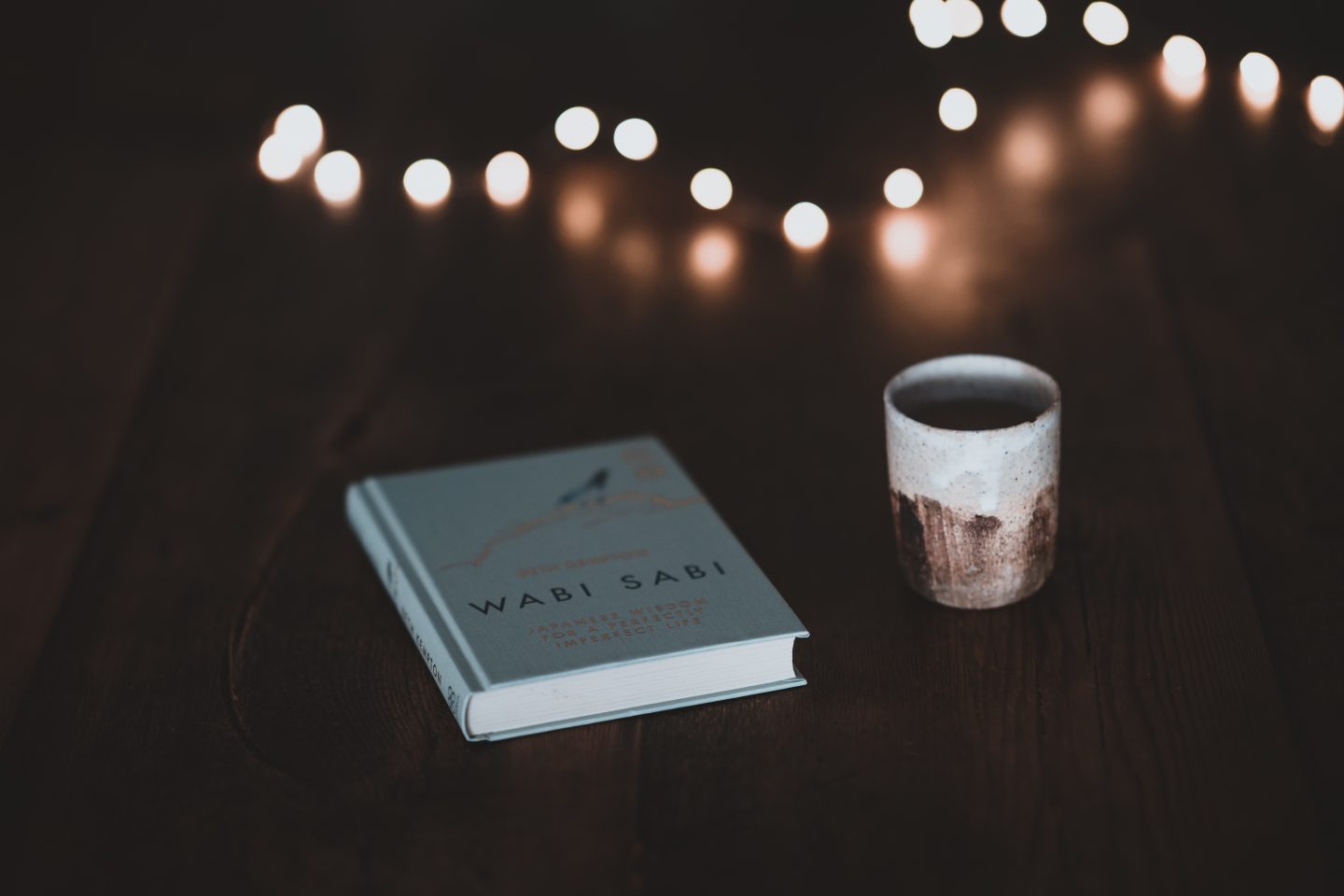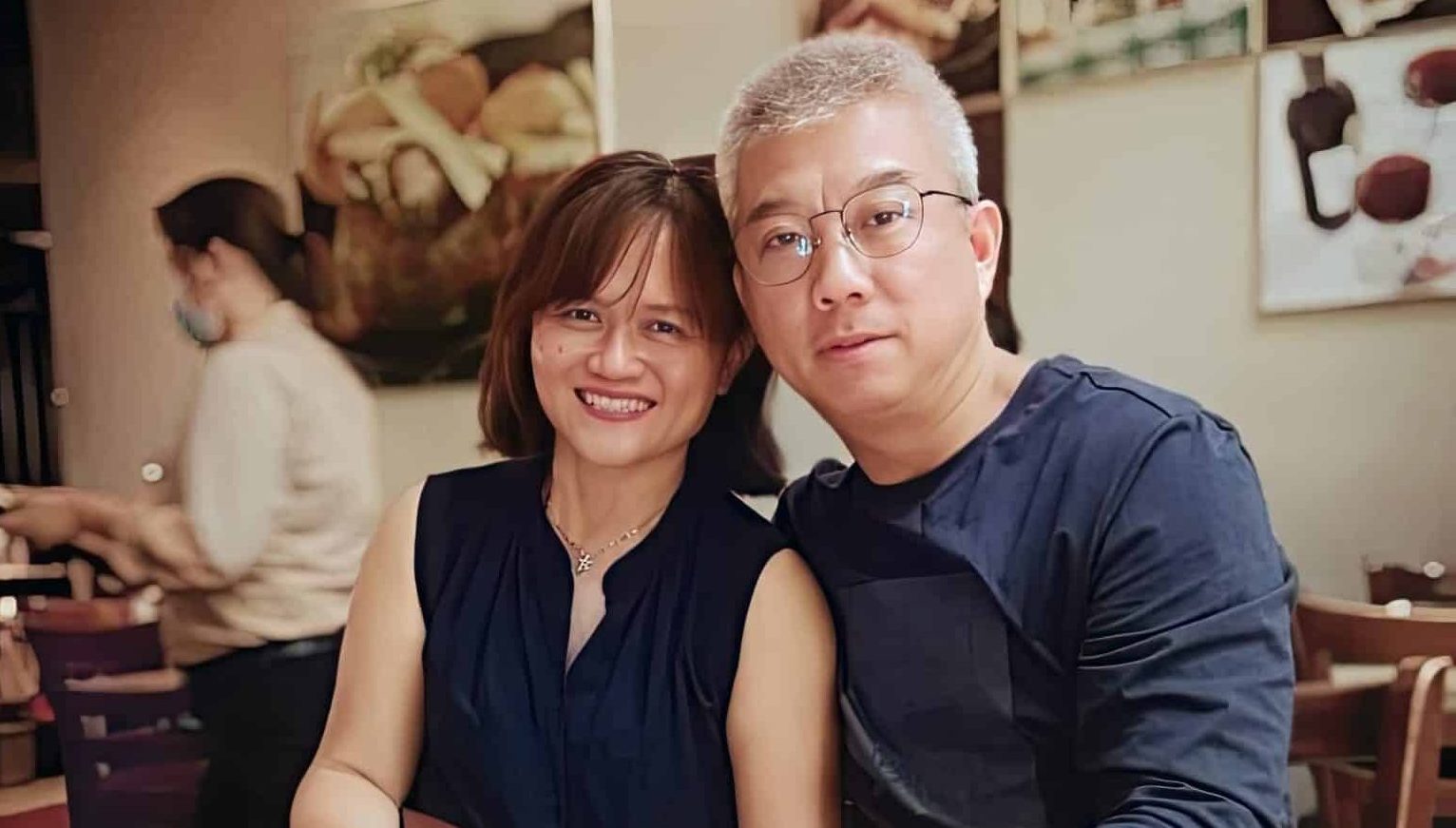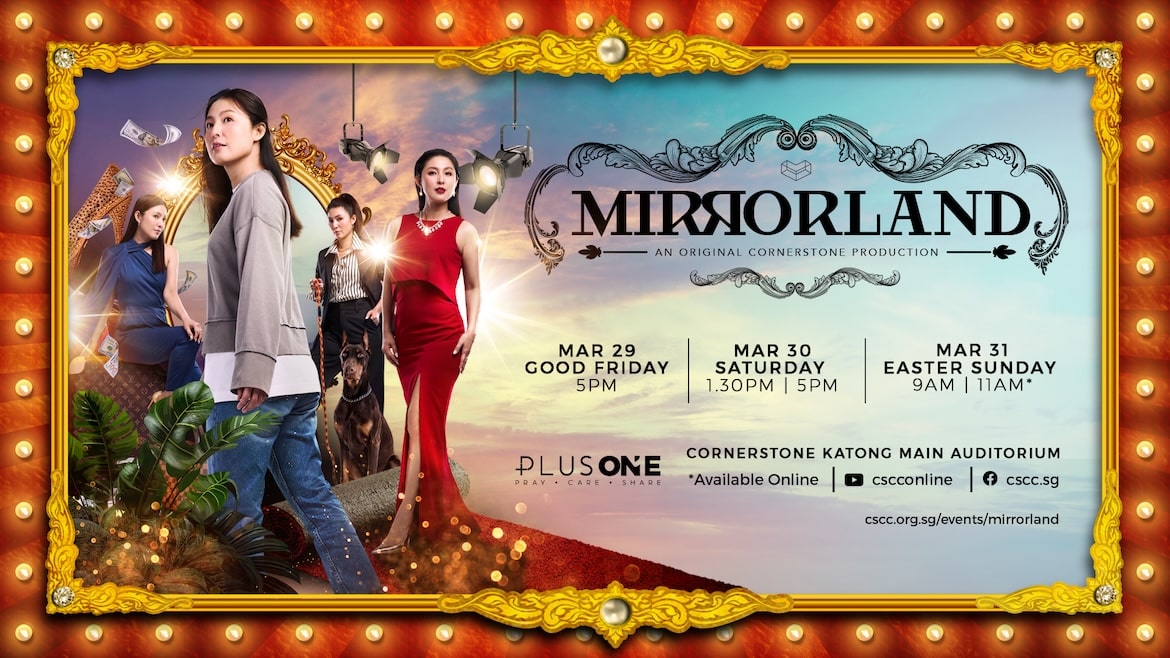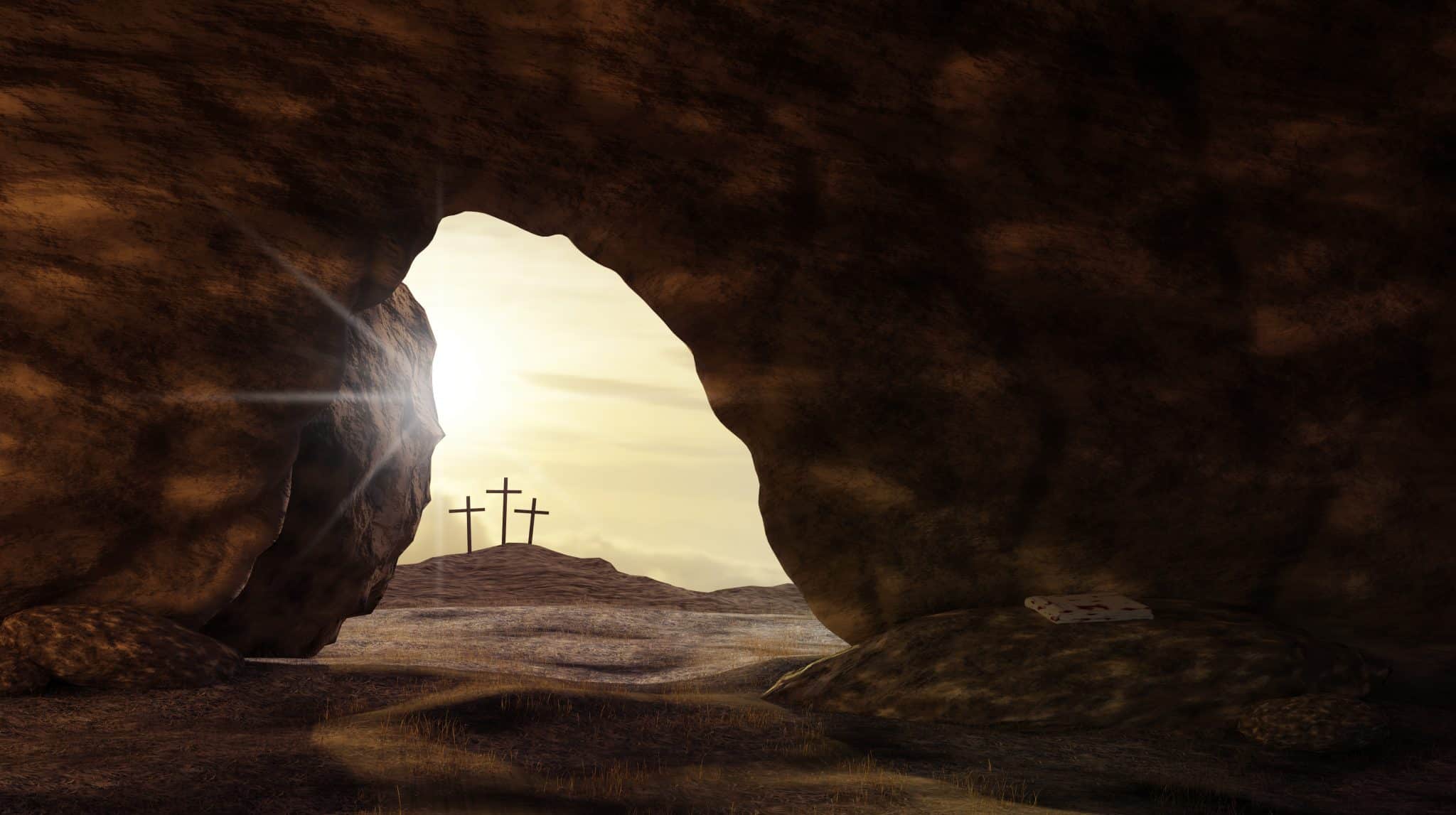
Photo by Annie Spratt on Unsplash.
When the reigning 15th century Japanese shogun Ashikaga Yoshimasa broke his favourite Chinese tea bowl, the distraught military dictator sent the antique pieces of pottery back to China to be repaired.
The bowl was returned to him, repaired using a technique commonly practised at the time.
Metal staples fused the pieces together in a manner that assured the beloved bowl’s function, but the bowl was never the same. In Yoshimasa’s mind, the object was broken first by the fracture and then again by the mending.
The notion of a suffering God may well seem superfluous: Isn’t there enough suffering in the world?
Disappointed, he called Japanese craftsmen to come up with another way.
What was born was the art of kintsugi, which expresses the Japanese aesthetic philosophy of wabi-sabi, embracing the flawed and imperfect, revealing beauty and strength in what has been broken.
Kintsugi literally means golden connection or golden jointing. Broken pottery fragments are fused together using lacquer and gold. The end result is still repair in the deepest sense, but the breakage itself is not erased; in fact, it becomes all the more obvious.
Rather than concealing the flaws, cracks are accentuated and highlighted.
The repair remains the object of admiration, but the breakage is seen as a part of it, bestowing more value, emboldening strength, esteeming beauty.
Beauty in brokenness
When I first encountered the Japanese practice and art of kintsugi, I was in the middle of Holy Week, the week Christians walk toward the events of the crucifixion of Christ.
I was also in the thick of studying the Eucharist, the sacrament that offers Christian pilgrims the broken body of Christ.
For the early church, the Cross unquestionably caused a fracture of everything they believed about God Himself.
To say the least, brokenness loomed large, beautiful and intense, sorrowful and sustaining – and the art of kintsugi seemed to embody so much of what I was trying to consider.
The apostle Paul spoke quite plainly of the breaking of Christ on the Cross as a stumbling block to the Jews and foolishness to the Greeks.
I have no doubt that this is still the case for many.
The notion of a suffering God may well seem superfluous: Isn’t there enough suffering in the world? Why add insult to injury?
Or, as the ancient Jews saw it, there is something shameful sensed in the cross.
Perhaps a crucified God smacks of the familiar ring of violence and religion, a combination of which we are all weary.
Ruptured beliefs
The range of reasons for which the cross causes disruption is no doubt as diverse as the crowd Jesus remembered with forgiveness and love as he died.
But we often make the mistake of thinking that these stumbling blocks – this turbulence caused by the Cross – are only the case for those with objections to the Christian faith.
That is far from accurate.
For the early church, the Cross unquestionably caused a fracture of everything they believed about God Himself.
I remember being moved by the confounding beauty of a self-sacrificing God, a God who would willingly be broken.
The brokenness of the Messiah caused a rupture of their theology and of their lives. The trembling hope of the resurrection only furthered the disturbing brokenness caused by the cross.
I confess, for me, my stumbling block with the crucifixion is caught up in this image of a broken God, and it has been both an obstacle and a sticking point.
It has both incited me to hold Christ at arms’ length, and now keeps me peering toward the crucified One, unable to turn away.
In moments of life more marked by disbelief than belief, I still remember being moved by the confounding beauty of a self-sacrificing God, a God who would willingly be broken – this beautiful person, innocent, powerful and kind, so reduced by suffering, silenced in sorrow and in death.
But there was something about the way we spoke of Easter’s “mending” of Good Friday that seemed only to undermine it all, that seemed an affront to the beauty of self-giving God. We spoke as if the resounding hope of the resurrection somehow erased the unsounded wound of the Cross.
It was in the consuming of the broken body of Christ in the Lord’s Supper that I realised this is not the way God tells the story.
The greater triumph
In the Revelation of John, John sees the connection between the Cross and the resurrection quite distinctively. “Then I saw … a Lamb, looking as if it had been slain, standing at the center of the throne.” (Revelation 5:6)
In the Revelation of John, the mystery of the Lamb after the slaughter is extensively heightened.
In John’s Gospel, the disciple describes Jesus as the kingly shepherd who lays down his life for his friends, the sacrificial lamb of God himself.
Here, in the Revelation of John, the mystery of the Lamb after the slaughter is extensively heightened. He envisions a heavenly scene with one seated on the throne holding a scroll, and he begins to weep because no one is worthy to open it.
But then one of the elders points to Jesus, the Lion of the Tribe of Judah, the Root of David, the one who has conquered, the one who is worthy. And John sees between the throne and among the elders this Lamb standing as if it had been slaughtered (Revelation 5:1-10).
But think of it: How on earth does a slain Lamb stand? And how is a slain and standing Lamb somehow more worthy, more beautiful, more powerful and thriving?
A golden significance
The art of kintsugi offers a helpful means of imagining.
This slain Lamb of God reaches out to our own brokenness with the beauty and power of One who died and yet is living.
For here, in the beauty of broken pottery restored, brokenness does not represent the end of the object’s life, and yet unequivocally, this fracture is an essential moment in its history, arguably the most essential.
The breakage isn’t erased; it isn’t hidden within the act of restoration or for the sake of restoration.
Rather, it is accentuated and inscribed with golden significance: The Lamb of God was slain. Irreversibly, Christ was slaughtered at the cross, His life laid down for His friends.
And now, in a seeming incapable structure of existence, it is this slain Lamb of God who now stands before us, reaching out to our own brokenness with the beauty and power of One who died and yet is living.
Obedience unto death
God’s victorious One is the slaughtered One.
Powerfully, mysteriously, impossibly, Jesus is both wounded and whole, scarred and sacred – broken and given for you.
For 50 days, the church calendar celebrates the season of Easter to get our heads around this.
The death of Jesus of Nazareth, the shattered life of the Son of God, is not covered up by the reparative work of Easter. He is both slain and standing – offering us both realities and their immense beauty in one person, in one crucified and risen Lord.
This is His body: A Lamb irreparably broken by His obedience even unto death on a Cross, the Son of God standing, offering us a meal and asking us to consider it.
Powerfully, mysteriously, impossibly, Jesus is both wounded and whole, scarred and sacred – broken and given for you.
This article was first published on A Slice of Infinity, a ministry of Ravi Zacharias International Ministries and has been republished with permission.
We are an independent, non-profit organisation that relies on the generosity of our readers, such as yourself, to continue serving the kingdom. Every dollar donated goes directly back into our editorial coverage.
Would you consider partnering with us in our kingdom work by supporting us financially, either as a one-off donation, or a recurring pledge?
Support Salt&Light




